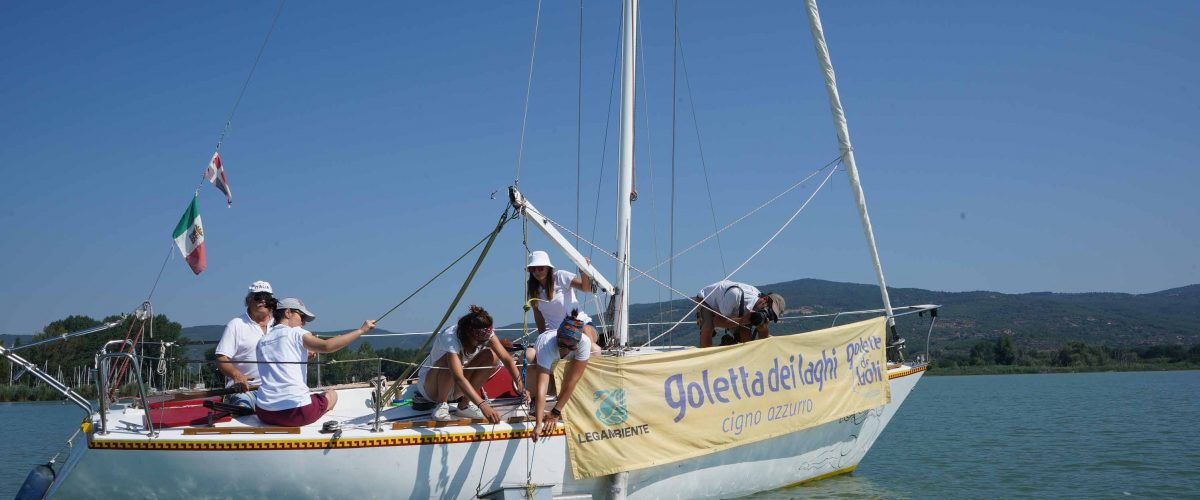Legambiente and ENEA monitor microplastics
Goletta dei Laghi is the itinerant monitoring and information campaign on the state of health of lake ecosystems that Legambiente has been carrying out in Italy for over 10 years. The aim of the campaign is to highlight the critical issues and problems affecting our lakes, and then to promote virtuous examples of sustainable management, involving territorial circles, committees and local administrations. Every year the tour of some Italian lakes, lasting one month, sees a crew involved in a wide front of scientific monitoring and territorial investigation in search of the critical issues affecting our lakes.
Since 2016, thanks to the collaboration with ENEA (the National Agency for New Technologies, Energy and Sustainable Economic Development), the investigation front has been extended to include microplastics, i.e. plastic particles smaller than 5 millimetres. Microplastics are increasingly present in marine and terrestrial ecosystems, this pollution is difficult to quantify and impossible to remove completely. Therefore, it becomes necessary to study their presence and identification for the knowledge of the phenomenon of diffusion in the environment. The study carried out by Legambiente and Enea on microplastics in Italian lakes represents, in this sense, a unique monitoring and has allowed to obtain a significant database on the phenomenon of microplastics dispersed in lake waters.
From 2017 it has been decided to enlarge the survey front to the main tributary and emissary courses of the basins, thus adding another element for a detailed mapping of microlitter in Italian basins, useful to further deepen the study on the dynamics of microplastics in inland waters. Identifying the sources of this pollution, the contribution that the lakes bring to the downstream water systems and the contribution of the purification plants has been of fundamental importance to understand how and where to intervene. Purifiers, in particular, receive everything that comes directly from homes, including the primary microplastics contained in cosmetics (estimated at up to 94,000 particles every single use) and the washing machine discharges, responsible according to some studies, for the release of more than 700,000 fibers at each wash.
Another major source of production of microplastics is the disintegration of waste, especially plastic and urban waste, which, due to incorrect management by the administrations in addition to abandonment, arrives on the banks or directly into the water.

